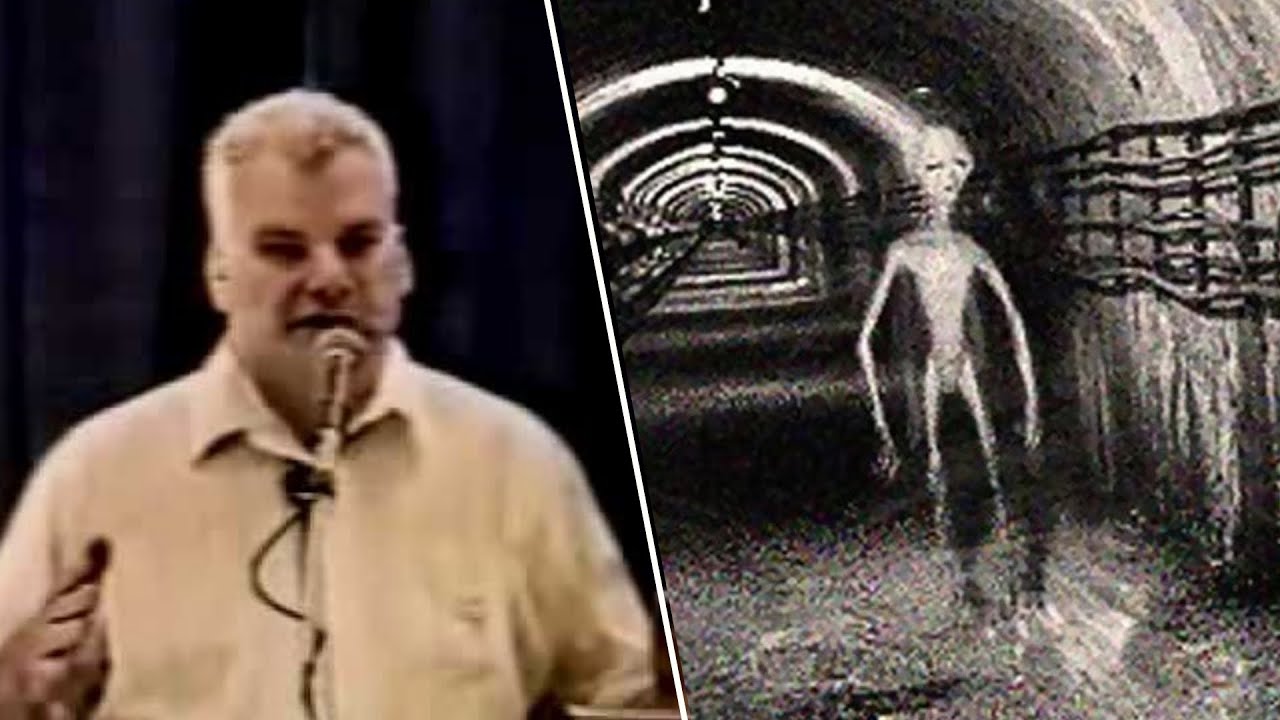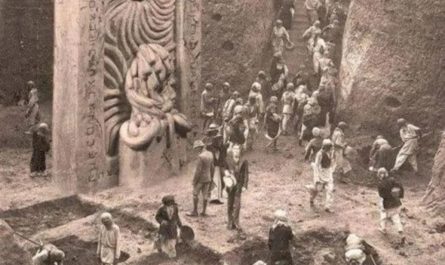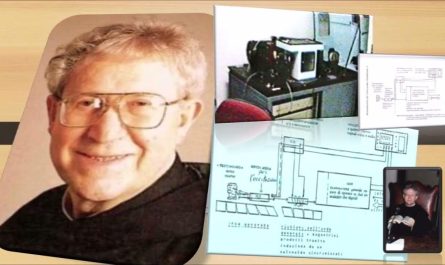Could governments around the world have hidden the truth about extraterrestrials for decades? Are there secret military bases beneath our feet where strange experiments and alien encounters still occur?
One man claimed he knew the answers — Phil Schneider, a geologist and engineer who, during the 1990s, became one of the most controversial and, some say, silenced figures in UFO history.
Who Was Phil Schneider?
Phil Schneider was born on April 23, 1947, in Bethesda, Maryland. He said he had worked on secret government projects that built deep underground military bases. According to him, he personally took part in their construction and had access to highly classified information.
Schneider believed these facilities were not only government-run but also connected to alien activity. He argued that the U.S. government collaborated with extraterrestrial beings and hid the truth from the public. Moreover, he claimed this partnership extended far beyond what ordinary citizens could imagine.
The Dulce Incident – A Battle Underground
One of his most dramatic stories described an event in 1979 at the Dulce base in New Mexico. While drilling, Schneider and his team allegedly broke into a hidden cavern already occupied by unknown beings.
According to him, the encounter turned into a violent gunfight between humans and aliens, killing many soldiers and scientists. Schneider said he survived but suffered severe injuries — losing fingers and sustaining burns from alien weapons.
Although critics dismissed his account as fantasy, many listeners found his story strangely convincing. As a result, his public lectures drew thousands who were eager to learn more.
Government Collaboration with Extraterrestrials
Schneider also claimed that the U.S. government had cooperated with aliens since the 1950s. He often argued that the difference between public technology and secret advancements was measured in decades, not years.
Furthermore, he believed extraterrestrials were involved in human abductions, genetic manipulation, and technology exchanges. In his view, both sides benefited: aliens obtained biological material, while humans received advanced knowledge in return.
Over time, these ideas became central to many modern conspiracy theories about UFOs, Area 51, and underground bases.
Death and Mystery
On January 11, 1996, authorities found Phil Schneider dead in his apartment in Wilsonville, Oregon. The official report described his death as a suicide. However, many of his supporters believed otherwise.
They pointed out strange details — for example, a medical tube wrapped around his neck. Friends claimed he had spoken about threats to his life and often said he would never take his own life.
Therefore, some argue he was silenced for revealing too much, while others think he was overwhelmed by paranoia. The truth, as always, remains uncertain.
Truth or Myth?
Schneider’s stories continue to fascinate people even decades later. While his followers treat him as a hero, skeptics emphasize the lack of evidence. Most of his claims depend entirely on his own testimony.
Still, even without proof of the Dulce base or human-alien cooperation, his ideas have become a lasting part of conspiracy culture. Perhaps the real mystery lies not in what he said, but in why so many still want to believe.
Where to Learn More
If you want to explore Schneider’s story in greater depth, here are a few sources worth checking:
- 🎥 The Underground: Director’s Cut – A documentary analyzing his theories.
- 🎧 Last Podcast on the Left – Episode 582: Aliens Attack, Part I – A detailed discussion of his life and claims.
- 📹 Dulce Base – War Beneath the Mesa – A video exploring the alleged underground battle.
Was Phil Schneider a hero revealing hidden truths, or a man consumed by his own beliefs?
The choice is yours.
⚠️ Disclaimer: This article presents a theory that has not been scientifically proven. There is no confirmed evidence that Earth undergoes sudden catastrophic pole shifts as described by Chan Thomas. The content is provided for informational and entertainment purposes only. Readers are encouraged to explore the topic further and form their own conclusions.



